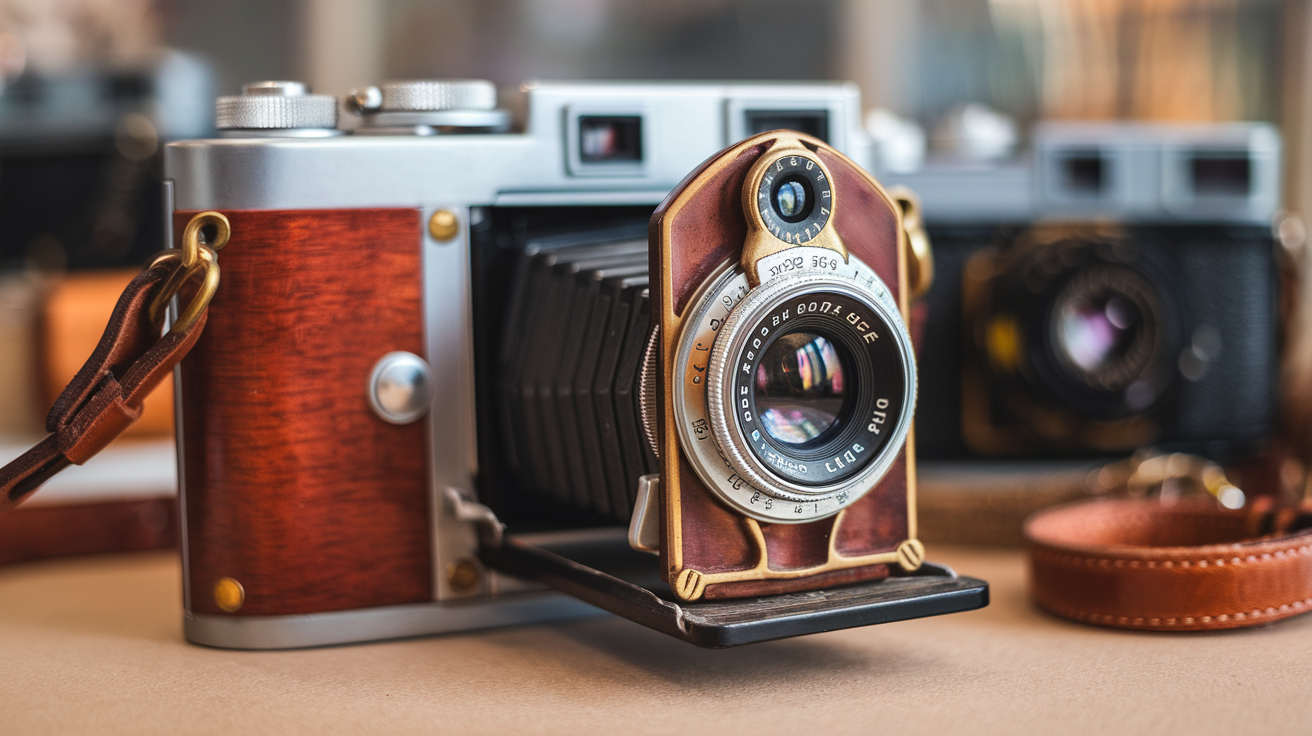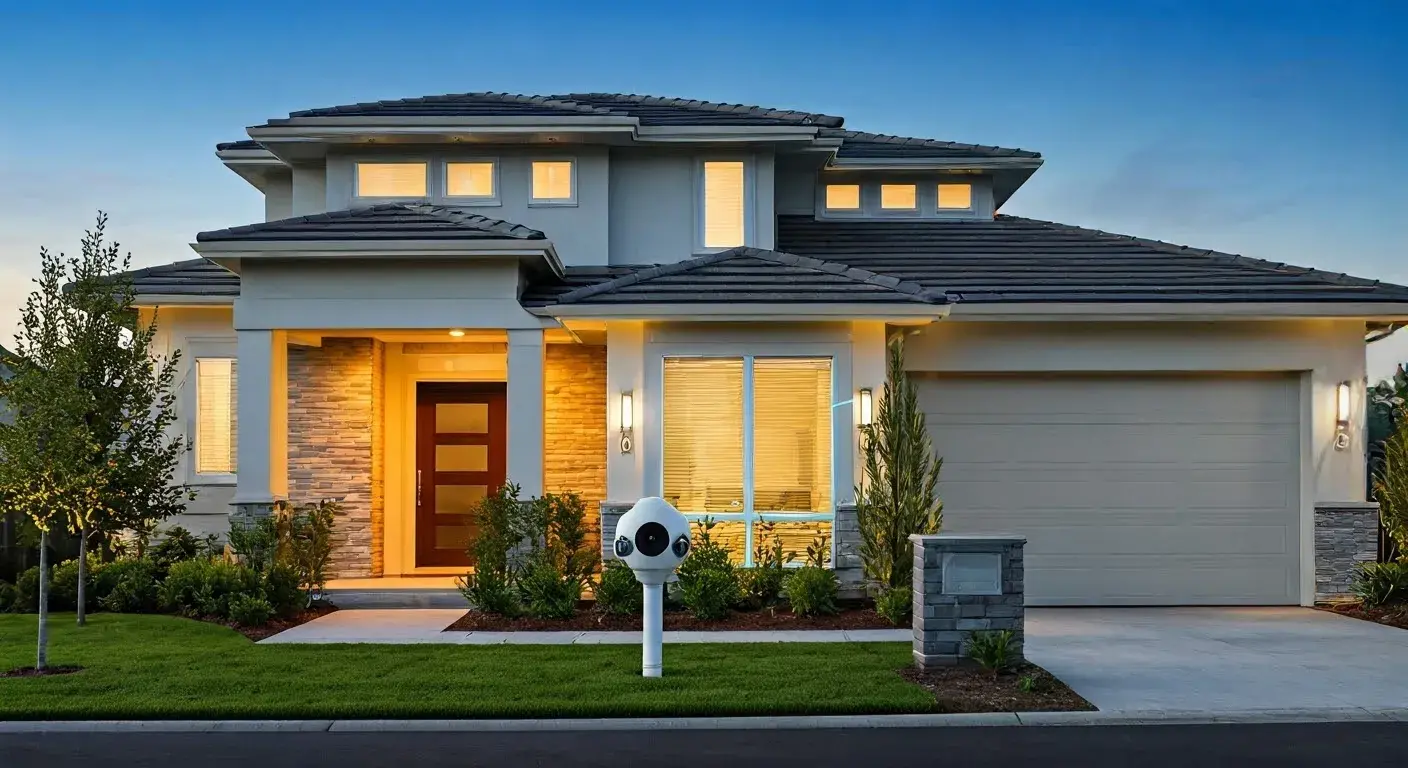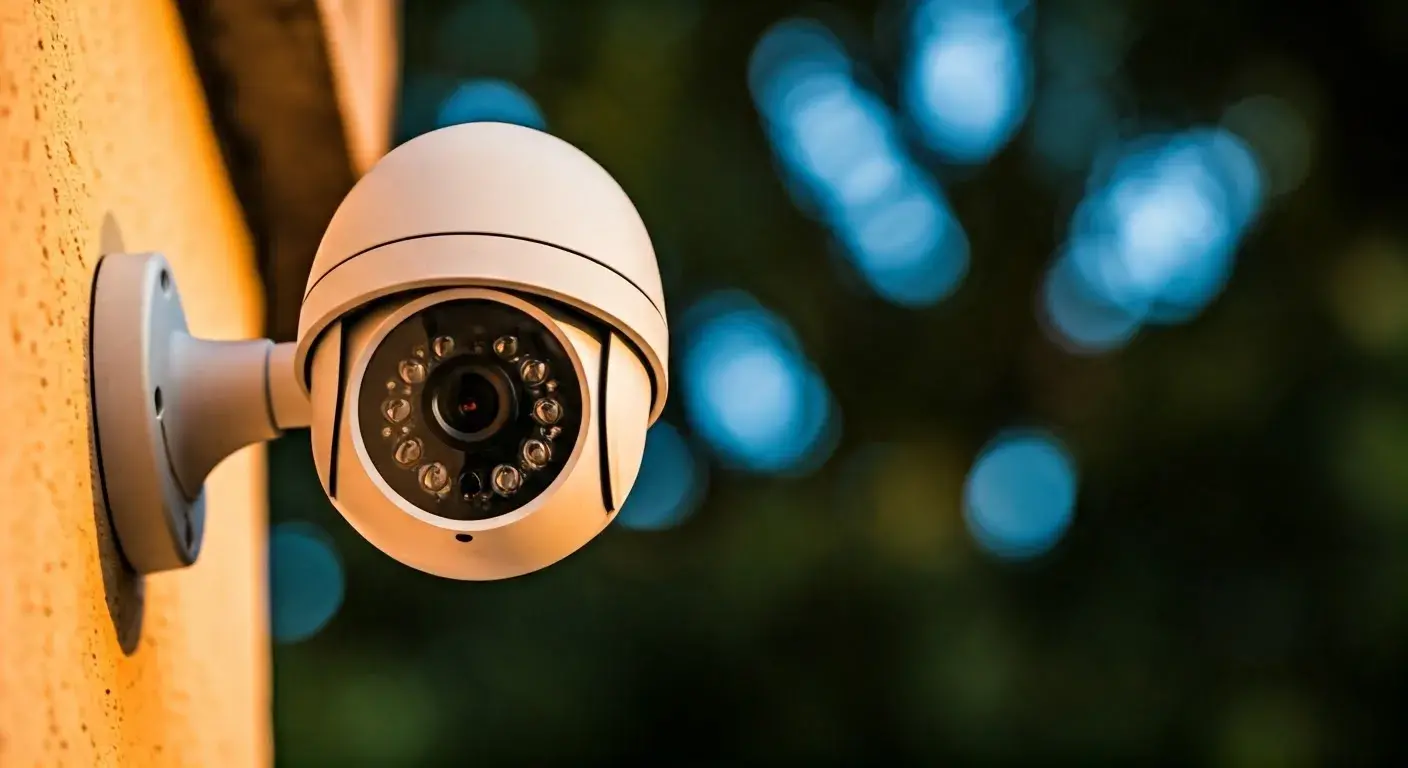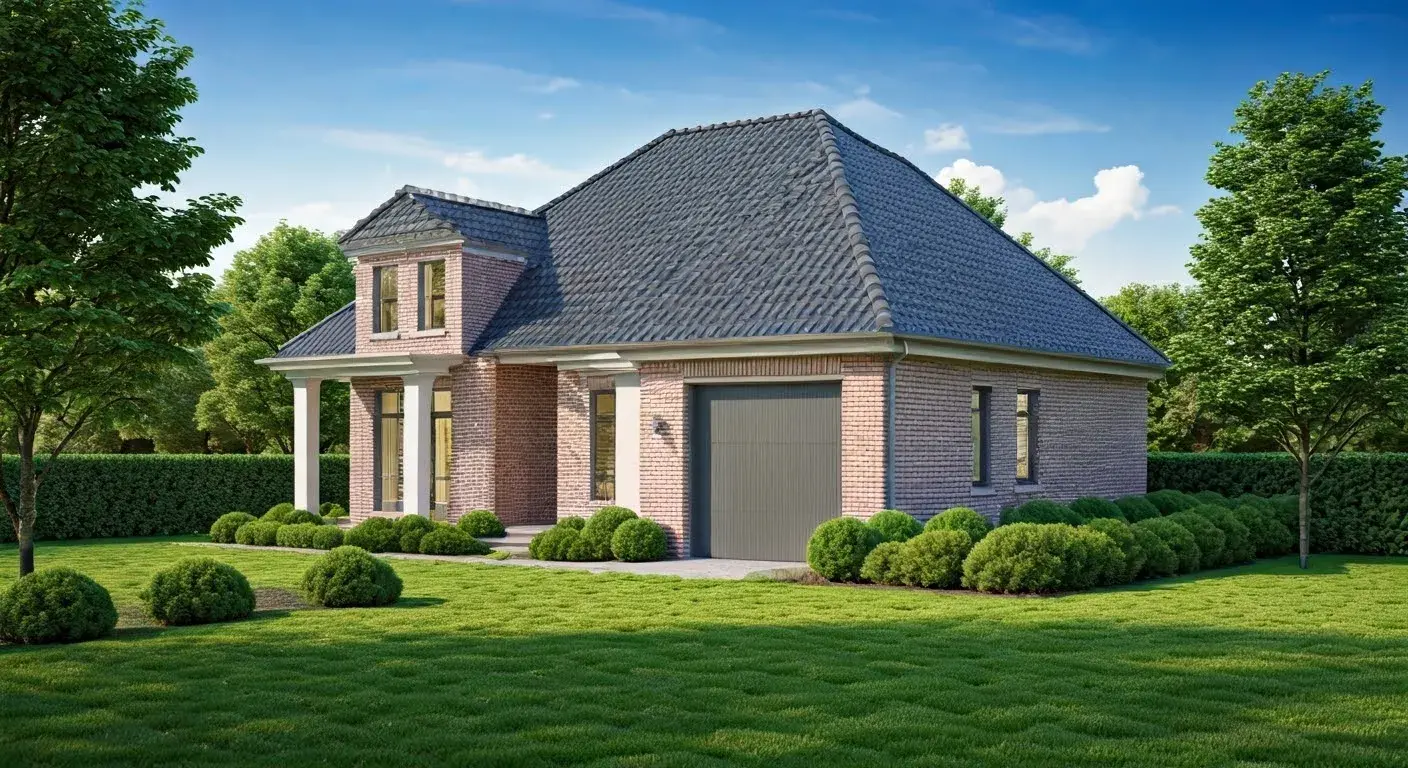When you decide to dive into photography, whether as a hobbyist or an aspiring professional, the first thing that comes to mind is the camera itself. You browse online stores or visit a local retailer, eyeing that shiny new DSLR, mirrorless, or even a point-and-shoot. The price tag feels like the finish line: pay it, and you’re ready to start snapping masterpieces. But here’s the reality—owning a camera is so much more than the initial purchase price. From accessories to maintenance, upgrades, and even the hidden costs of time and learning, the true expense unfolds long after you swipe your card. Let’s break it down.
The Upfront Cost: The Camera Body
The starting point is obvious: the camera itself. Prices vary wildly depending on what you’re after. A beginner-friendly Canon Rebel T7 might set you back around $500, while a pro-grade Sony A1 could easily top $6,500. Mirrorless Security cameras, with their compact designs and cutting-edge tech, have surged in popularity, often commanding premium prices. DSLRs, though still relevant, can sometimes be snagged at a discount as the market shifts.
But here’s the kicker: the body is just the beginning. A camera without a lens is like a car without wheels—pretty useless. Entry-level kits often bundle a basic 18-55mm lens, which is fine for starters but lacks the versatility or quality serious photographers crave. A decent lens can cost anywhere from $200 to $2,000 (or more for specialty glass), and most photographers end up owning multiple lenses over time. So, even if you score a “deal” on the body, the lens investment quickly piles on.
Essential Accessories: The Hidden Must-Haves
Once you’ve got the camera and a lens, you might think you’re set. Not quite. Accessories are where the costs start to sneak up on you. First, you’ll need a memory card—nothing fancy, maybe a 64GB SD card for $20-$40. But if you’re shooting RAW files or 4K video, you’ll burn through that fast and likely upgrade to faster, larger cards costing $100 or more.
Then there’s the tripod. A shaky hand or low-light shot demands one, and while a cheap $30 tripod might do, it’ll wobble in the wind or break after a few uses. A sturdy Manfrotto or Gitzo? That’s $150-$400. Add a camera bag to protect your gear—$50 for a basic one, $200+ for something rugged and weatherproof. Batteries die, so a spare (or two) at $30-$80 each becomes essential, especially for long shoots. And don’t forget a charger if it’s not included!
Filters, like UV or ND ones, protect your lens or unlock creative effects—another $20-$100 per lens. If you’re into portraits or studio work, lighting gear (flashes, softboxes, reflectors) can easily add $200-$1,000 to your tab. These “essentials” aren’t optional for most photographers; they’re the backbone of getting the shot you want.
Maintenance and Repairs: The Long-Term RealityCameras aren’t invincible. Dust sneaks onto sensors, shutters wear out, and accidents happen. Cleaning a sensor yourself is risky (and requires a $20-$50 kit), so many opt for professional servicing at $50-$100 a pop. Over time, especially with heavy use, parts fail. A shutter replacement on a mid-range camera might cost $200-$400, and that’s assuming the repair shop doesn’t find other issues.
Then there’s insurance. If you’re carrying $2,000+ worth of gear, a $100-$200 annual policy starts looking smart—especially if you shoot outdoors or travel. Drop your camera off a cliff or into a river, and that policy could save you from a total loss. Maintenance isn’t glamorous, but it’s a cost you can’t ignore.
The Upgrade Trap: Chasing the Latest TechPhotography gear evolves fast. That camera you bought two years ago? It’s already “old” by industry standards. New models boast better autofocus, higher resolution, or improved low-light performance, and the itch to upgrade creeps in. Maybe you don’t need the latest body, but a sharper lens or faster memory card tempts you. This cycle can drain your wallet—selling old gear rarely recoups the full cost, and the depreciation stings.
Even if you resist, software plays a role. Editing tools like Adobe Lightroom and Photoshop are industry standards, costing $10/month (or $120/year). Free alternatives exist, but they often lack the polish or compatibility pros need. Over years, software subscriptions add up, quietly inflating your photography budget.
Time and Learning: The Invisible ExpenseMoney isn’t the only currency here—time is, too. Mastering a camera takes hours of practice, experimentation, and often frustration. You might spend days learning exposure triangles, aperture settings, or post-processing techniques. For some, this is pure joy; for others, it’s a grind. Either way, it’s an investment.
Formal education amplifies this. Online courses ($50-$300), workshops ($100-$1,000), or even a photography degree (thousands) can accelerate your skills but hit your bank account hard. Even free YouTube tutorials demand time—time you could’ve spent elsewhere. And if you’re shooting for profit, every unpaid hour refining your craft is a cost in disguise.
The Creative Cost: Projects and TravelPhotography often pulls you beyond your backyard. That golden-hour landscape? It’s a road trip away. That rare bird? A flight to a remote forest. Travel costs—gas, lodging, permits—stack up fast. Personal projects, like a photo book or exhibition, might require printing ($50-$500), framing, or website hosting ($100/year). These pursuits fuel your passion but lighten your wallet.
The Emotional Toll: Worth It?There’s an emotional cost, too. Missed shots, gear envy, or the pressure to “keep up” online can weigh on you. But here’s the flip side: the thrill of nailing a perfect frame, the pride of seeing your work displayed, the joy of capturing a fleeting moment. For many, these outweigh every dollar spent.
Adding It All Up
So, what’s the true cost? Let’s ballpark it. A mid-range camera ($1,000) with two lenses ($800), a tripod ($200), bag ($100), memory cards ($100), spare battery ($50), and software ($120/year) hits $2,250 in year one. Add maintenance ($100/year), a workshop ($200), and a few project prints ($150), and you’re at $2,700+ in 12 months. Over five years, with an upgrade or two, you could easily surpass $5,000-$10,000. That’s not pocket change.
Is It Worth It?
The price of owning a camera isn’t just the sticker on the box—it’s a sprawling web of gear, care, learning, and passion. For some, it’s a black hole of spending; for others, a gateway to creativity and connection. Before you buy, ask yourself: What’s your goal? If it’s casual snaps, a smartphone might suffice. If it’s art, storytelling, or a career, the investment might just pay off—not in dollars, but in moments captured forever. The true cost? It’s as much as you’re willing to give—and what you get back might just be priceless.
Feel safe with the Home Security that you will get from professional security companies are as follows; Contact us at (888) 805-5456 to speak to a specialist and get a no-obligation quote.






